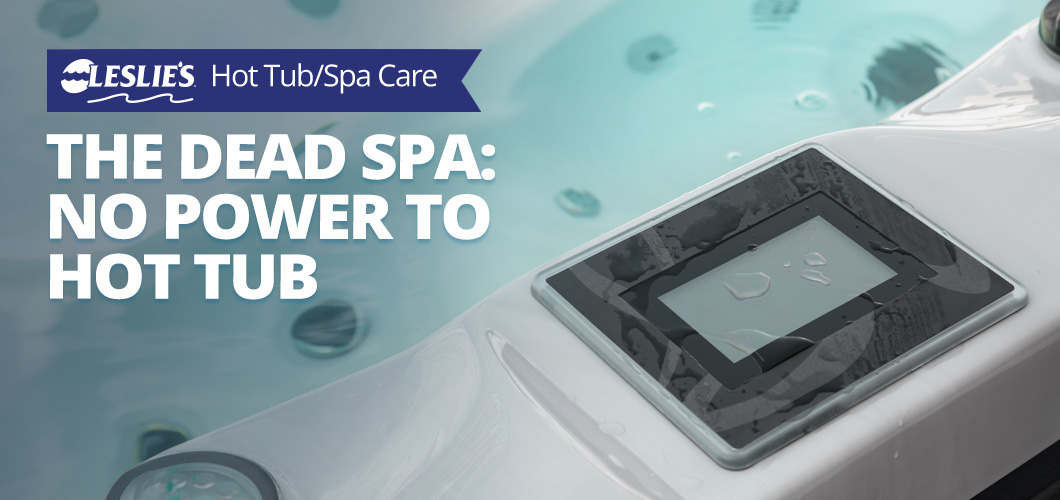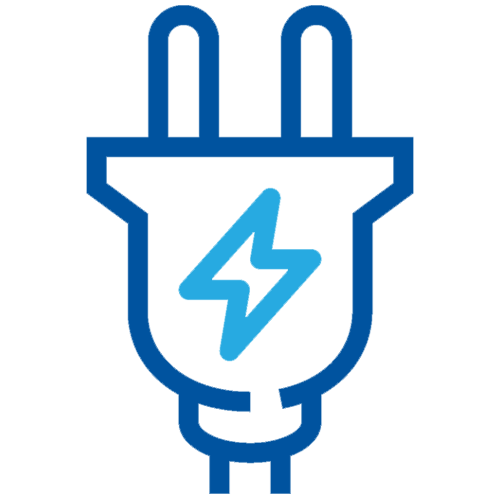
The Dead Spa: No Power to Hot Tub
It happens to every hot tub owner at least once or twice. You get ready for a nice soak in the tub and lift the lid, only to find lukewarm water and no lights on the control panel. The hot tub won't turn on! If you've ever found a "dead spa" with no power, no indicator lights, nothing at all - this post is for you. Here, we outline the seven most common reasons that a hot tub has no power. Use these steps to troubleshoot power issues in your hot tub.
Tripped Breaker
Check the main circuit breaker that provides power to the spa. This may be located in the home main panel, or inside a smaller panel near the hot tub. To reset a circuit breaker, first push it towards OFF, and then flip it back to ON. If the breaker begins to repeatedly trip (known as nuisance tripping), it may need to be replaced, or there could be voltage irregularity. Consult your electrician for testing and/or replacement.
Tripped GFCI
Most spas have an electrical outlet attached to the spa pack. This is one of those GFCI outlets with a test button and a reset button. If you find it tripped, just push the reset button back in. If the outlet continues to pop, either immediately or later, there is likely some stray voltage grounding out and causing the button to pop. Consult an electrician to find the source, if not readily apparent (burnt wires, water, insects or rodent damage, etc.).

Blown Fuse
Some spas and hot tubs have internal fuses, which are meant to blow when voltage spikes occur. These fuses protect your spa equipment, including pumps, blowers and heaters. A blown fuse could just be a blown fuse, or it could point to a blower or pump that is shorting out. It could also mean the transformer is allowing too much voltage to pass through. Check your owner's manual for the location of any fuses, and always replace with the exact duplicate fuse. Do not change amperage.
Faulty Wiring
Incoming wires can be damaged from heat or rodents, or you could have loose connections or wires touching each other. This will often cause a breaker to trip or a fuse to blow, but not always. If it's the wires carrying power into or out of the transformer, you can have a no power situation. Shut off all power before touching or replacing any damaged spa wiring.

Tripped High Limit Switch
In some spas, the heater's high limit switch can cause a complete power shut down. But this is what it's meant for! The purpose of a high limit switch is to protect spa equipment (and you!) from harm. If your spa pack has a high limit reset button, usually red, give it a push to see if power is restored. Thermal overloads (for motors, blowers) can also prevent equipment from coming on, but they don't usually shut down all power and lights to the spa.
Bad Transformer
A transformer reduces voltage, transforming it to a specific lower voltage. For example, a spa may have 220 volts coming into the transformer and 40 volts coming out, but this number varies from spa to spa. A voltmeter can be used to test the transformer output and make sure it's within 10% of the rated output voltage. The rated output is normally printed right on the transformer.
Bad Panel
If you still have no indicator lights on your control panel, look underneath for lights on the spa pack. For a control panel that is unresponsive with no LEDs or temperature reading, check the wiring harness from the spa pack to the circuit board for a loose connection or damaged wire. It could also be a bad circuit board (but hopefully not!).